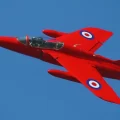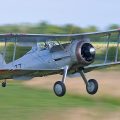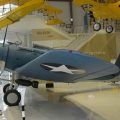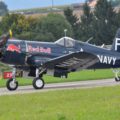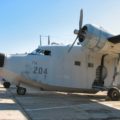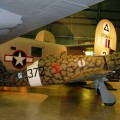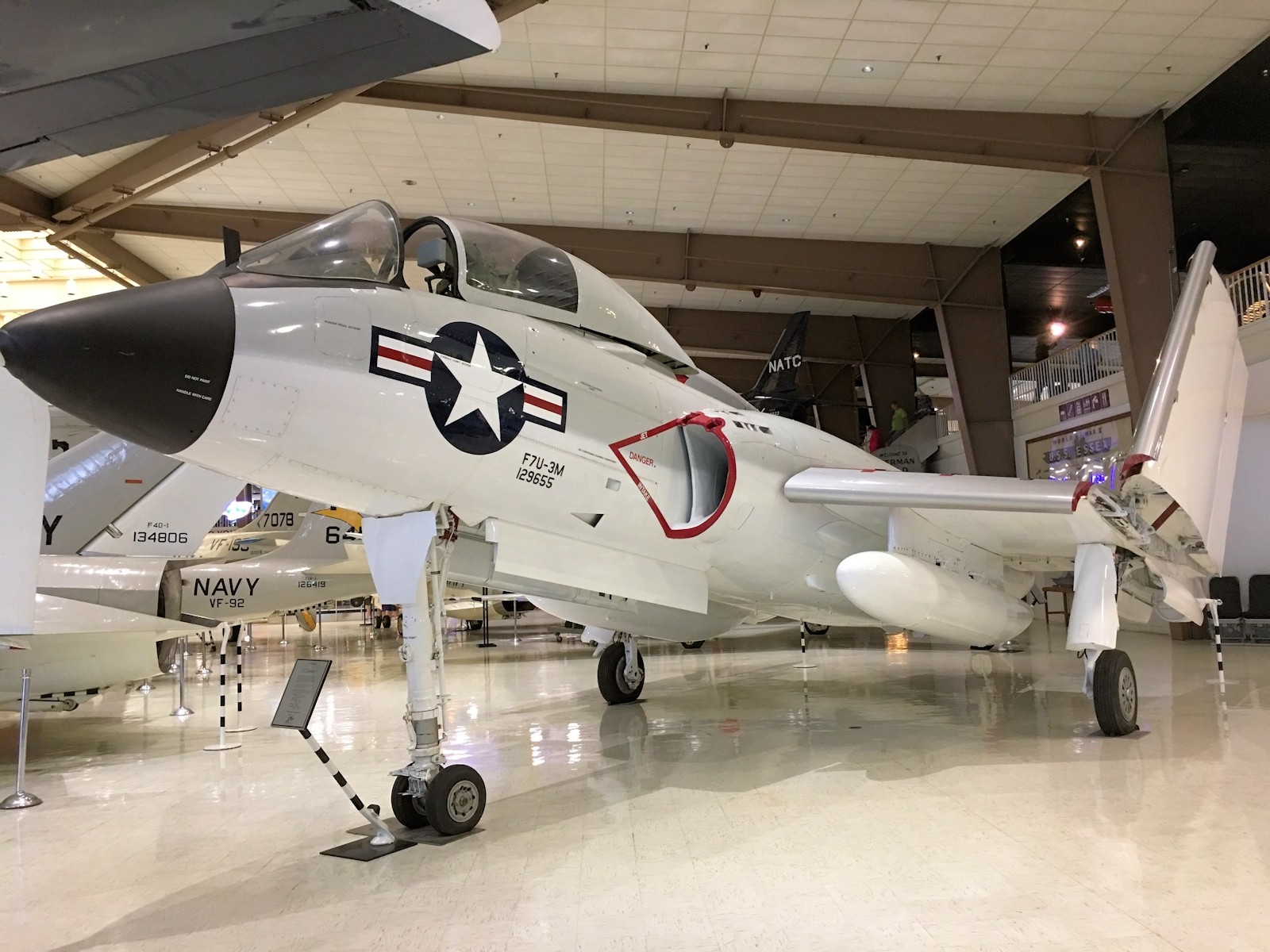
Vought F7U Cutlass | |
|---|---|
| Zemlja | Sad |
| Ulogu | Pomorski multirol borac |
| Prvi let | 29 Septembar 1948 |
| Izgradio | 320 |
Čaj Vought F7U Cutlass bio je mlazni borbeni avion američke mornarice i lovac-bombarder ranog hladnoratovskog doba. To je bio avion bez repa zasnovan na aerodinamičnim podacima i planovima zarobljenim od nemačke kompanije Arado krajem Drugog svetskog rata, mada su dizajneri Voughta tada negirali bilo kakvu povezanost sa nemačkim istraživanjem. F7U je bio poslednji avion koji je dizajnirao Reks Bisel, koji je bio odgovoran za prvi borac ikada dizajniran specijalno za američku mornaricu, Kertis TS-1 iz 1922.
| F7U-3M Cutlass Walk Around | |
|---|---|
| Fotograf | Fotios Rouch |
| Lokalizacija | Nepoznato |
| Fotografije | 27 |
Srodni kompleti:
Pronađi komplete na eBay-u:
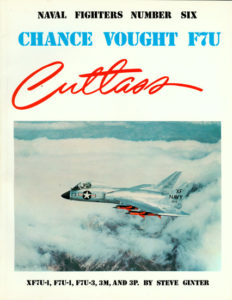
The Vought F7U Cutlass was a jet fighter aircraft developed by the United States Navy in the late 1940s and early 1950s. It was one of the first naval fighters to incorporate swept wings, tailless design, and jet engines with afterburners. The Cutlass was intended to be a high-performance carrier-based fighter that could perform a variety of roles, such as air superiority, interception, ground attack, and reconnaissance.
However, the Cutlass suffered from numerous technical and operational problems that plagued its development and service. The aircraft was difficult to fly, had poor handling characteristics, and was prone to engine failures and structural failures. The Cutlass also had a low combat readiness rate and a high accident rate, resulting in the loss of 25% of the 320 aircraft built and the deaths of 21 pilots. The Cutlass was soon replaced by more reliable and capable fighters, such as the F9F Panther and the F4D Skyray. The Cutlass was retired from active service in 1959, and only a few examples survive in museums today.
Views : 2118

